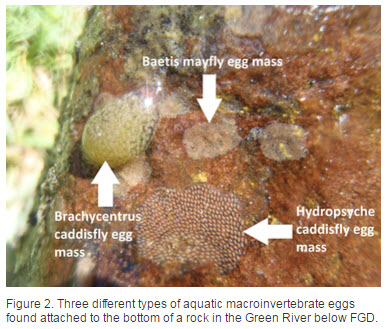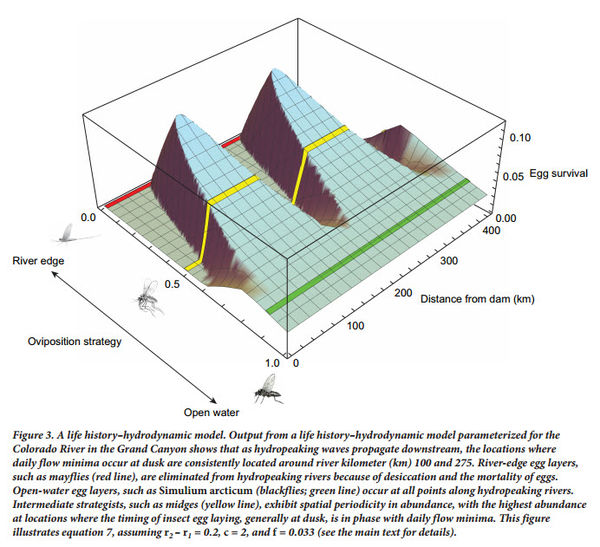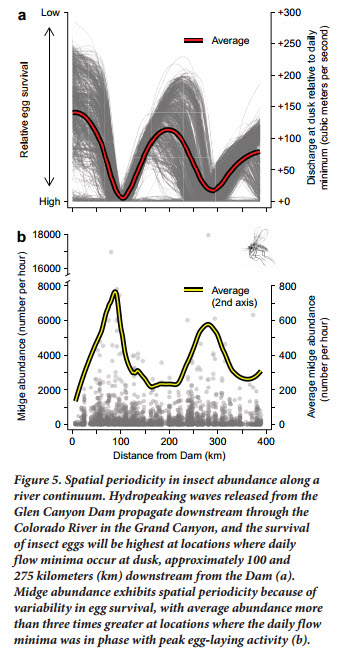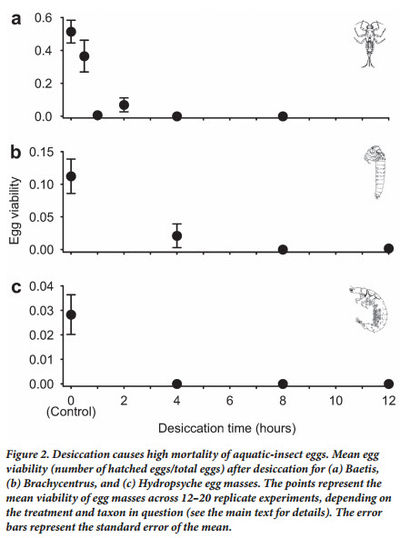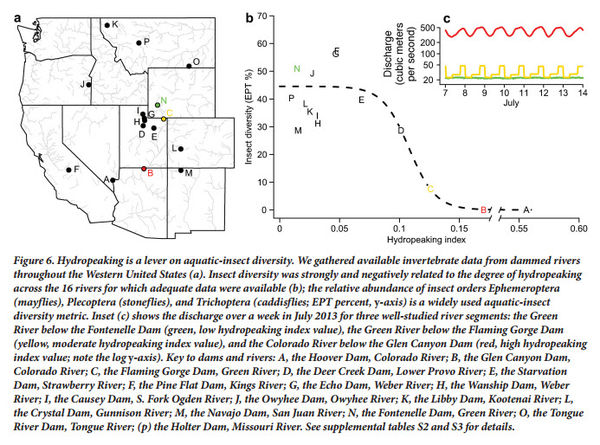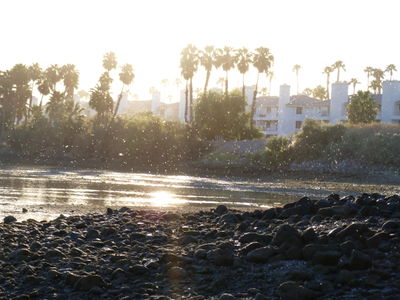Difference between revisions of "'''Oviposition and Egg Desiccation'''"
Cellsworth (Talk | contribs) |
Cellsworth (Talk | contribs) |
||
| Line 71: | Line 71: | ||
'''2016''' | '''2016''' | ||
| + | *[[Media:Kennedy 2016 HydropowerEPT.pdf| Kennedy et al. 2016. Flow Management for Hydropower Extirpates Aquatic Insects, Undermining River Food Webs. BioScience]] | ||
*[http://www.usu.edu/buglab/Projects/CurrentProjects/#item=123 Macroinvertebrate Oviposition (egg-laying) Habitat Preferences on the Green River below Flaming Gorge Dam] | *[http://www.usu.edu/buglab/Projects/CurrentProjects/#item=123 Macroinvertebrate Oviposition (egg-laying) Habitat Preferences on the Green River below Flaming Gorge Dam] | ||
*[[Media:Miller SFS C10 Hydroecology.pdf| Novel Hydrologic Regimes Disrupt Insect Life History Strategies: Effects of Hydropeaking on Insect Oviposition]] | *[[Media:Miller SFS C10 Hydroecology.pdf| Novel Hydrologic Regimes Disrupt Insect Life History Strategies: Effects of Hydropeaking on Insect Oviposition]] | ||
| Line 76: | Line 77: | ||
*[[Media:Oviposition Poster Final.pdf| Oviposition Habitat Selectivity of Tailwater Macroinvertebrates: A Methodological Approach from the Colorado River Basin]] | *[[Media:Oviposition Poster Final.pdf| Oviposition Habitat Selectivity of Tailwater Macroinvertebrates: A Methodological Approach from the Colorado River Basin]] | ||
*[[Media:20160218 FoodbaseBottleneck.pdf| A life history bottleneck for aquatic insects arising from load following]] | *[[Media:20160218 FoodbaseBottleneck.pdf| A life history bottleneck for aquatic insects arising from load following]] | ||
| − | *[[Media: | + | *[[Media:Poff Schmidt 2016 S How dams can go.pdf| How dams can go with the flow: Small changes to water flow regimes from dams can help to restore river ecosystems. By N. LeRoy Poff and John C. Schmidt |
| + | ]] | ||
|- | |- | ||
Revision as of 14:11, 30 May 2017
|
|
Oviposition and Egg Desiccation Studies below Flaming Gorge and Glen Canyon DamsKennedy's 2016 Bioscience paper presents a conceptual model describing how hydropower flows could be limiting aquatic insect diversity and production by limiting the reproductive success of insects accustom to laying their eggs along the shoreline. It provides supporting data from an egg desiccation study done below Flaming Gorge Dam, light trap data collected in the Grand Canyon, and a comparison of fluctuation intensity and EPT diversity in several western US hydropower tailwaters. The paper concludes that egg desiccation from fluctuating flows is likely a leading factor in limiting aquatic insect diversity and production in tailwaters below hydropower facilities. The paper also proposes a bugflow experiment to be tested at Glen Canyon Dam as a possible mitigation for fluctuating flows made for hydropower production. |
| -- |
-- |
-- |
|---|
|
|
